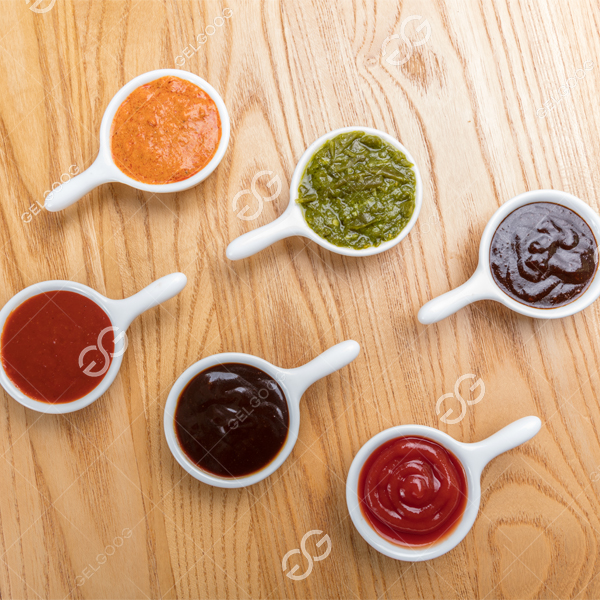From Harvest to Table: The Fascinating Journey of Sauce Production
 Mar 03 2023
By admin
Mar 03 2023
By admin
Sauces are a versatile ingredient that can add flavor, texture, and richness to any dish. Whether you prefer tangy barbecue sauce, zesty marinara, or creamy hollandaise, sauces play an essential role in many cuisines. But have you ever stopped to consider how your favorite sauce is made? In this article, we will explore the fascinating journey of sauce production, from the farm to your table.

Step 1: Selecting and Harvesting Quality Ingredients
The first step in sauce production is selecting and harvesting quality ingredients. The flavor and quality of a sauce depend heavily on the freshness and ripeness of the ingredients used. For example, in tomato-based sauces like marinara and salsa, ripe and flavorful tomatoes are crucial. The same is true for other ingredients like peppers, onions, garlic, and herbs, which are carefully selected and harvested by farmers and suppliers.
Step 2: Preparation and Cooking
Once the ingredients have been harvested, they are washed, sorted, and prepared for cooking. The preparation process may involve peeling, chopping, or grinding the ingredients, depending on the type of sauce. After the preparation, the ingredients are cooked in large pots or kettles for several hours. The cooking process allows the flavors to develop and intensify, resulting in a rich and flavorful sauce.
Step 3: Blending and Packaging
After the cooking process, the sauce is blended to ensure a smooth and consistent texture. This step is particularly important for sauces that require a uniform texture, such as ketchup or mayonnaise. The blended sauce is then packaged in bottles, jars, or pouches for distribution to grocery stores, restaurants, and other food service providers.
Step 4: Quality Control and Safety
Throughout the sauce production process, quality control and safety measures are in place to ensure that the sauce is of the highest quality and safe for consumption. Samples of the sauce are tested for flavor, texture, and safety to ensure that the sauce meets the desired standards.
Step 5: Distribution and Consumption
The final step in the sauce production process is distribution and consumption. The packaged sauces are shipped to supermarkets, restaurants, and other food service providers, where they are made available to consumers. From pasta dishes to BBQ ribs, sauces are used in a variety of dishes and enjoyed by people all around the world.
In conclusion, sauce production is a complex and fascinating process that involves careful selection, preparation, and cooking of quality ingredients. By understanding the journey of sauce production, you can gain a greater appreciation for the effort and skill that goes into creating this essential ingredient in our favorite dishes. Next time you enjoy a delicious sauce, take a moment to consider the journey it has taken from the farm to your table.

